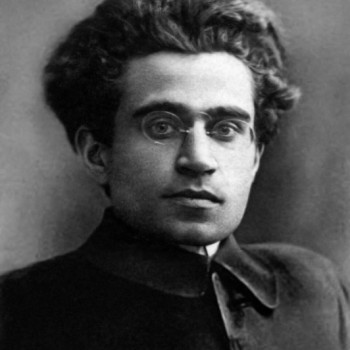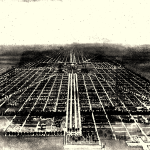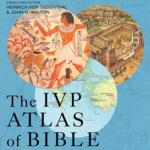The Washington Post has sure been publishing some good articles about today’s education debacles, which tells us that even the liberal establishment is waking up to the necessity of actually educating children, as opposed to what contemporary educational theory is doing. Today’s edition included a feature entitled Parents Rise Up Against A New Approach to Math. It’s about a math textbook entitled “Investigations in Number, Data, and Space.” It tackles the problem of multiplying six times three, by having students make six marks on a piece of paper in a little box and to do that with three boxes. Then count how many marks. And it does away with the traditional way of adding big numbers, in which you put them into columns, add each one, and carry as needed. Instead, students are taught to make pyramids, in which they first add up the ones, then the tens, then the hundreds, then the thousands, then put them all together. Defenders say this method, which scorns memorizing “math facts,” teaches the concepts better. But it makes math harder, not easier, and it is doing nothing to improve test scores. I admit that classical education may be lagging in the math department. The new classical schools are doing little with the Quadrivium, the other four liberal arts (arithmetic, geometry, astronomy, and music). The Trivium, which is being implemented to great effect (grammar, logic, and rhetoric), has to do with mastering language and what you can do with it. The Quadrivium has to do with mathematics (yes, even in the way music was taught). This, I think, is the new frontier for classical educators. Yes, there is Saxon math, but it seems traditional (which is better than the contemporary), rather than classical, as such. Does anyone have any suggestions about what a classical approach to mathematics might look like?












